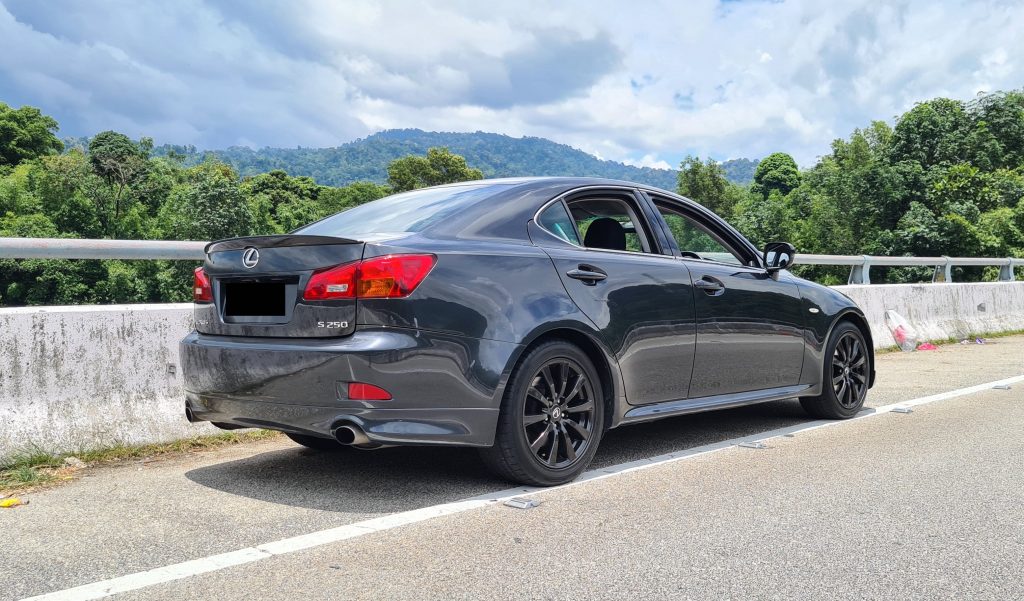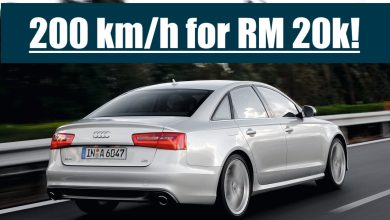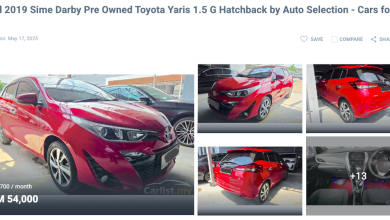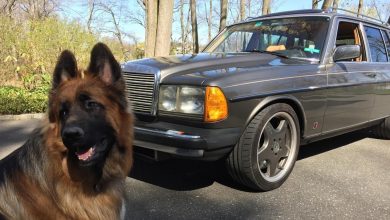Used Car Review: Lexus IS250 (XE20)
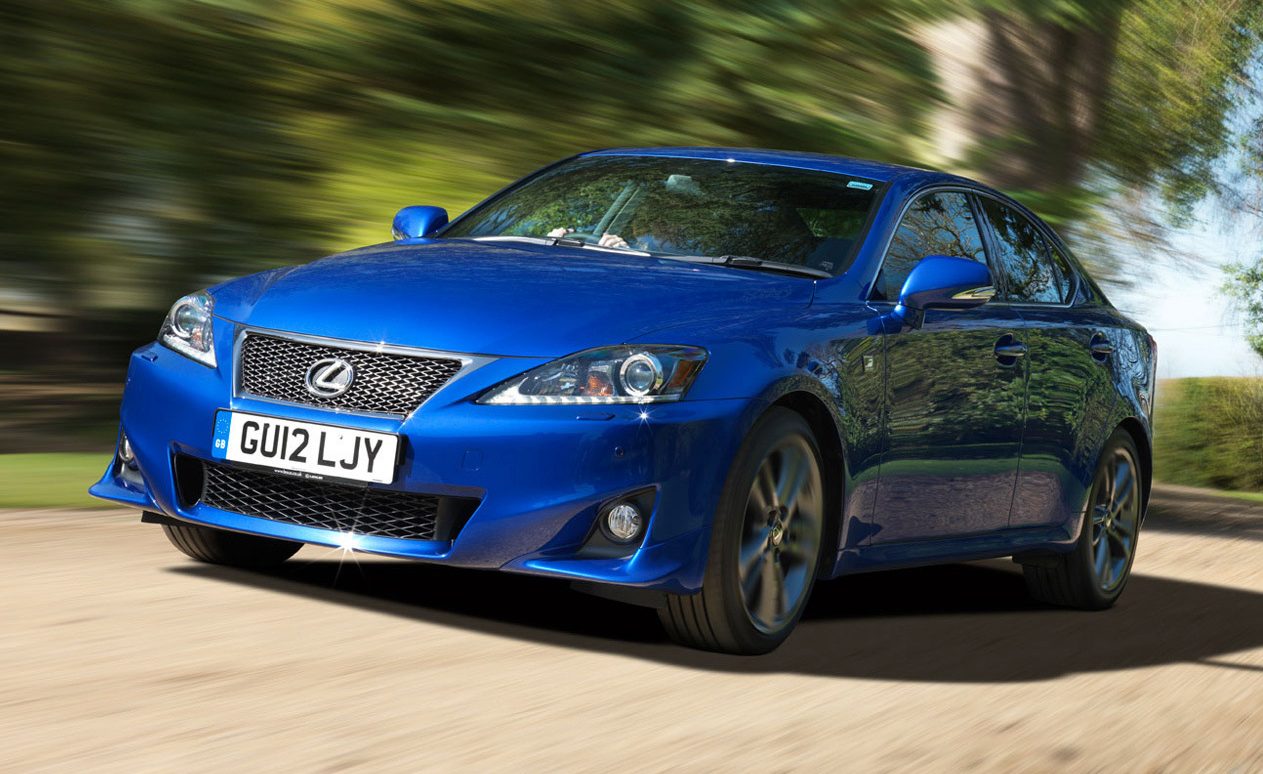
The Lexus IS250: a V6 rear-wheel drive sedan with legendary Japanese reliability. Why even look at a used BMW?
When looking for a used car, aspiration normally takes the better of us. Thanks to the magic of depreciation, cars that were way out of the league for most common folk suddenly become realistic propositions.
This is how old German cars get into the hands of the less affluent petrolheads. Aspiring petrolheads everywhere have been seduced by the idea finally being able to own these cars for which they have lusted over for years. The prestige of having it say BMW or Mercedes on the key ring is always the dream, regardless of how old and inevitably worn out the car is.
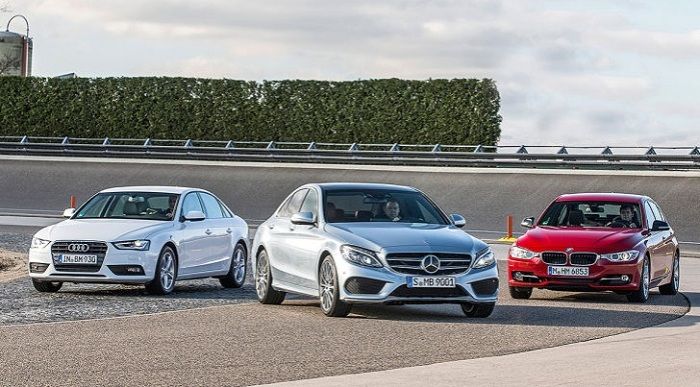
As the old adage goes though, there is nothing more expensive than owning an old continental car. And this is the reason as to why most of these cars drop in value faster than they are able to go down the road.
Take even a relatively modern BMW as an example. To anyone on the street, the E90 range of BMW 3 series still looks fresh, even if it is a nearly 15 year old car. The inside too still feels relatively modern being the first iteration with BMW’s iDrive infotainment screen.
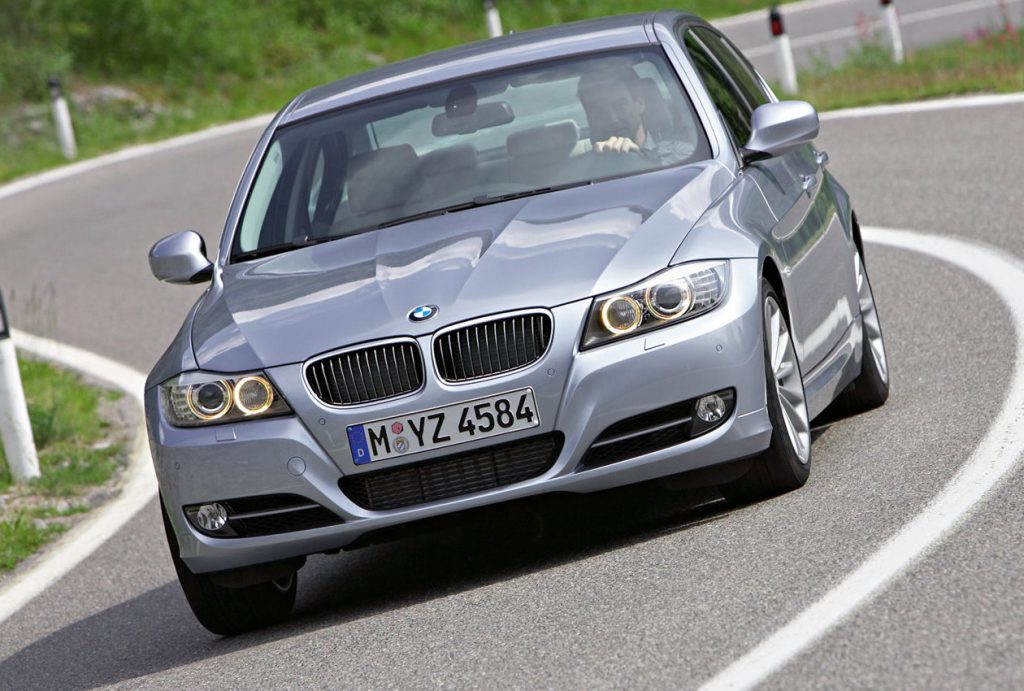
Furthermore, with most models still featuring a straight six and hydraulic power steering, this generation of 3 series signals the last of the proper ultimate driving machines by the Bavarian marque.
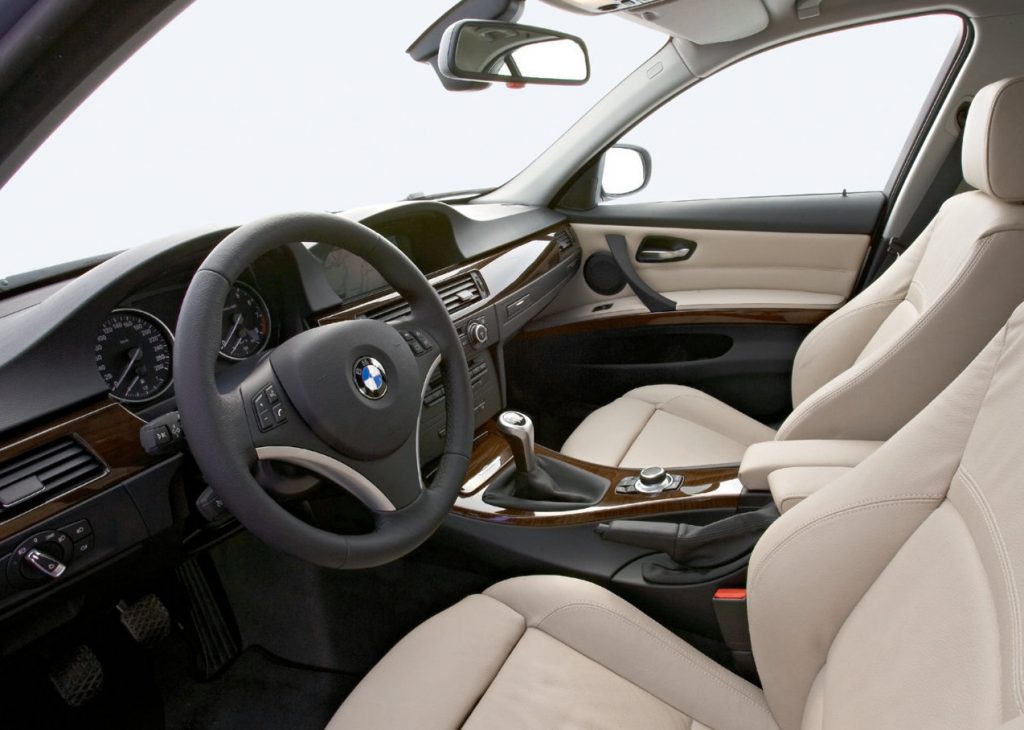
So with prices hovering around the RM 50k mark, it is within the realm of possibility for most buyers looking for a daily driver that has some spunk to it too. The only problem though in this plan is the inevitable sky high maintenance costs associated with a used BMW.
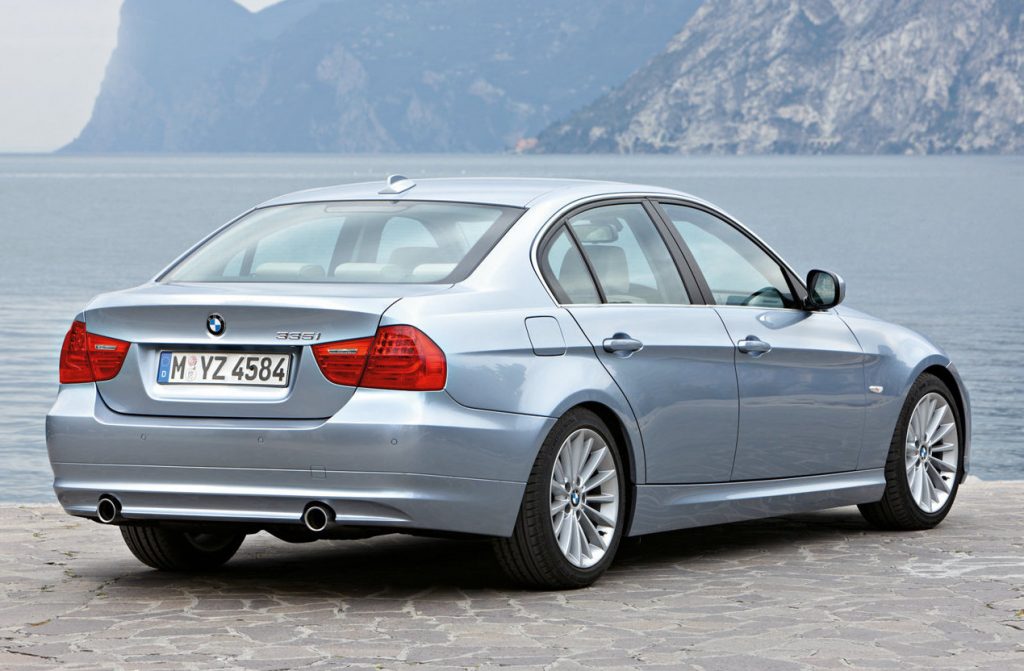
Happily however, there might be a way to get 95% of the driving pleasure with only 5% of the associated maintenance headaches. All one has to do is look towards the Land of the Rising Sun, and towards XE20 series Lexus IS250.
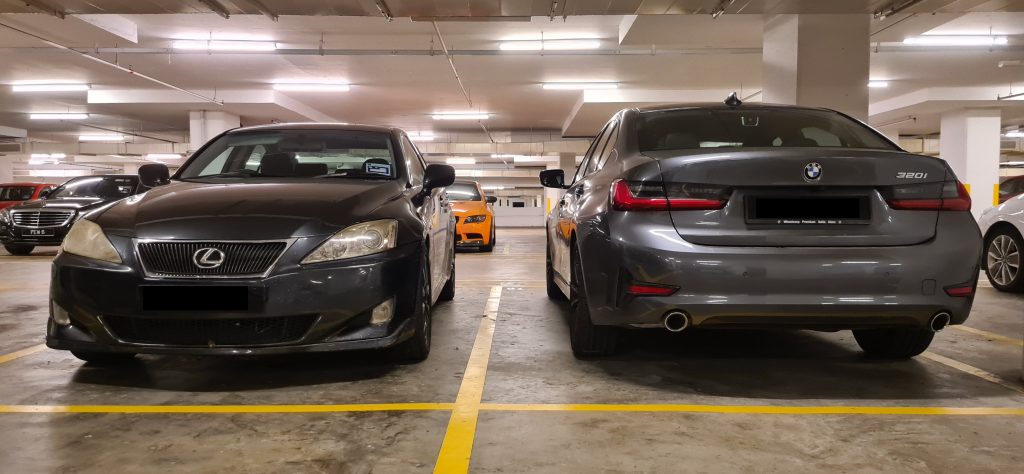
Overview
Launched in 2004 by Lexus as the Japanese alternative to the then recently released E90 3 series, the XE20 series IS250 undoubtably shares many similarities with the BMW 325i segment yardstick. Like the BMW, it is a premium compact sporty sedan. Like the BMW, it has six pots under its long hood. Like the BMW, it drives the rear wheels.
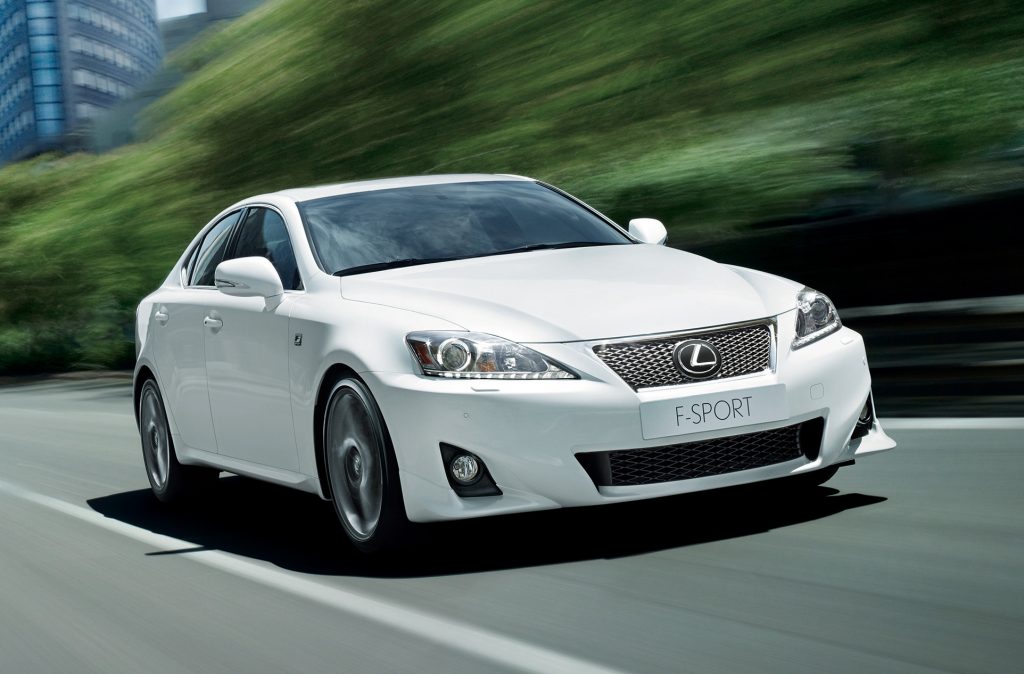
Crucially however, unlike BMWs, Lexus is often associated with bulletproof reliability and the IS250 is no different here. No VANOS problems to mention here, no water pump failures to speak of here too; it is just get in and drive with the Lexus. And drive it you will, because the speaking as someone who has driven this exact spec of car quite a bit in recent times, the Lexus IS250 should be on top of the shopping list for those looking at a cheap, modern, premium, sporty car.
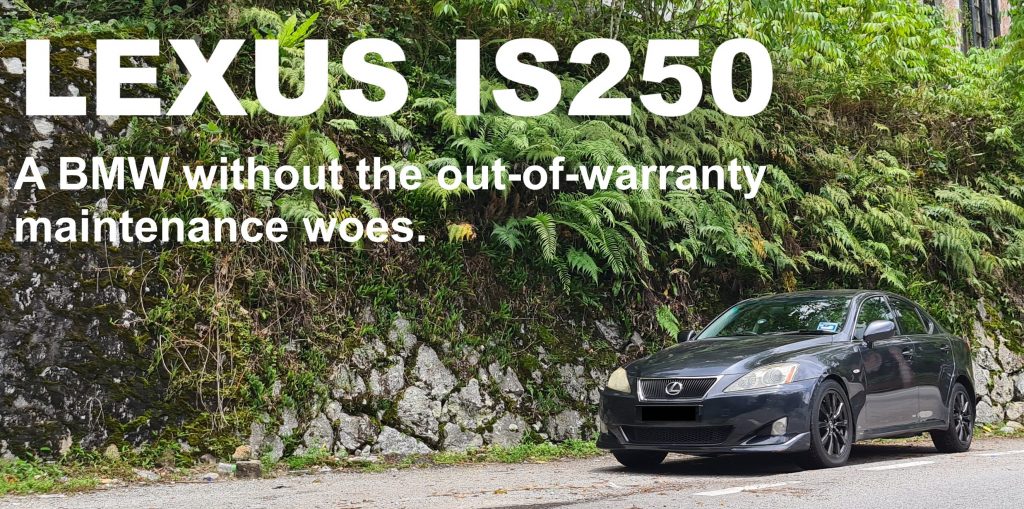
Engine and Powertrain
Starting off with the beating heart of the Lexus, under the hood of the IS250 lies a 2.5 litre naturally aspirated V6.
Sure it ain’t a looker, as you won’t be lifting the hood here anytime soon to impress your mates. Nor does this engine boast the provenance of originating from Bavaria. What this engine does have in its favour though is that it packs a mighty punch.
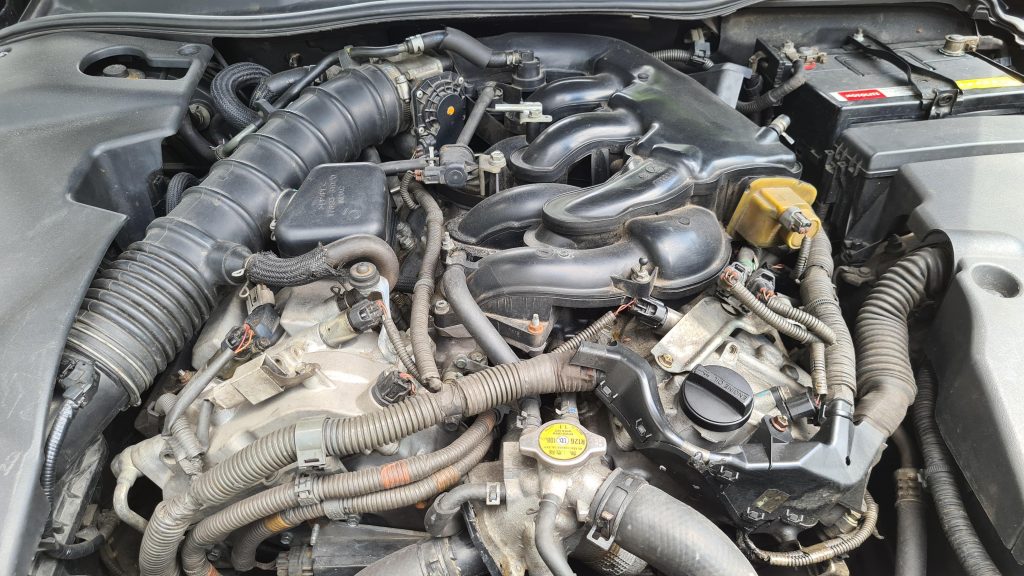
Being a V6 after all, the performance of this compact sedan is adequate to say the least. Sending all 205 hp and 252 Nm of torque through its six-speed automatic gearbox to the rear wheels. The correct wheels in a sports sedan I might add.
The road tax may be a bit on the steep side, seeing as it is a 2.5 litre power plant, and the fuel gauge does drop faster than you’d expect, but thanks to the lack of forced induction, it also means that power delivery of the Lexus is smooth and linear, with instantaneous get up and go whenever one decides to give it the beans.
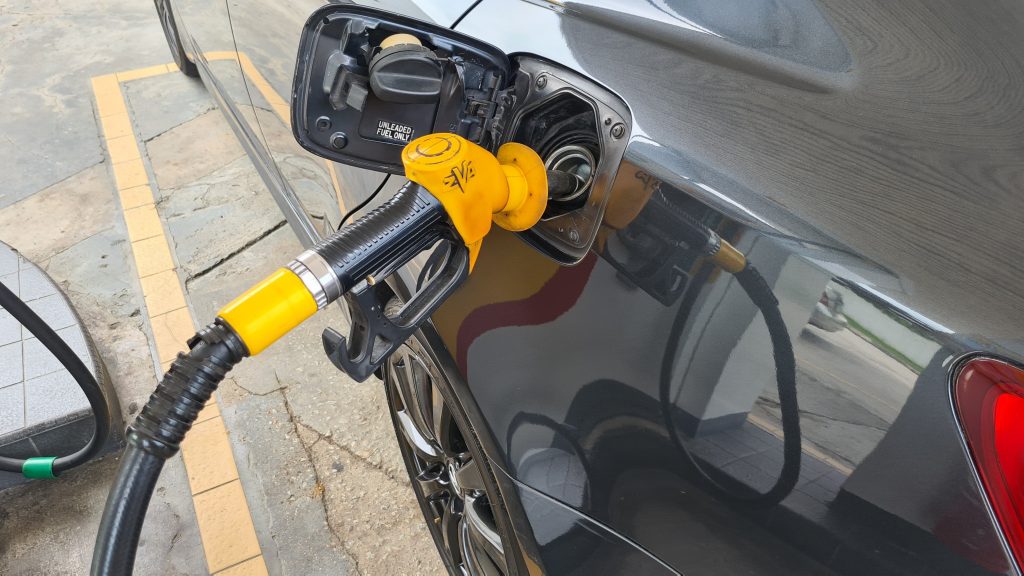
Stick it into manual mode on the transmission and hit the higher end of the rev range, the sound emanating from the rear ain’t half bad too, with the six pots under the hood creating a sonorous baritone melody out the back. Moreover if one wanted a more glorious sound emanating from the twin pipes of the IS250, owners have even recommended installing a straight pipe kit to really make the V6 sing.
Ride and Handling
Moving on to the topic of ride and handling, the Lexus IS is indeed a softer riding vehicle compared to its hard-riding BMW rival. Built perhaps more for comfort than for outright handling, the IS250 definitely wafts better than the BMW. This is especially since its 17 inch rims are wrapped in normal tires, instead of the run-flats on the Bimmer.
For daily driving duties then, the Japanese car is far superior than the German. On longer journeys too, the Lexus probably outshines the BMW, thanks mainly to the cushier suspension and plush cloth seats. On a personal note, even after 7 hours riding in the IS, I still felt able to do 7 hours more.
Nevertheless, despite all this talk about comfort, show the Lexus a mountain pass though and it’ll still be a blast up it.
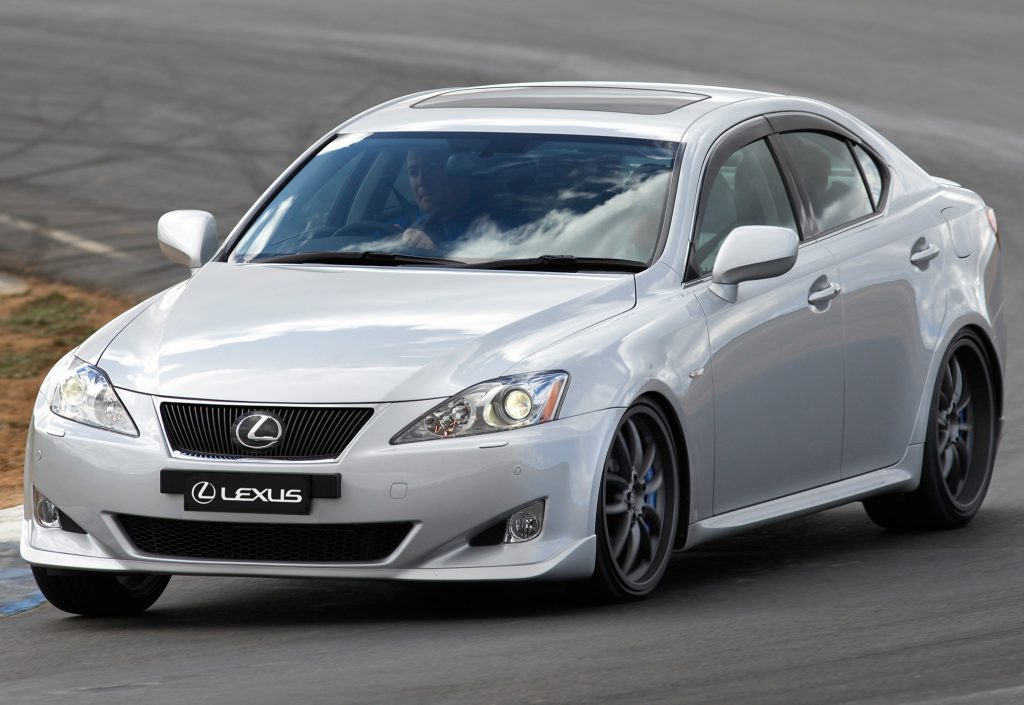
While the 1.7 tonne kerb weight is on the hefty side, especially for this size of car, the punchy V6 however provides more than adequate grunt to muscle it up the incline. The IS250 handles decently enough for a car of this segment too, with a nicely weighted steering feel thanks to old fashioned hydraulic power steering.
Granted, an experienced driver would probably be able to be able to get more out of the 3 series, but for the majority of us, the Lexus IS provides sufficient enjoyment when the road gets twisty. Moreover, at least the drive to and from the mountain road will be a comfy one.

Interior
All this talk about comfort leads nicely into a discussion about the interior. On the practical side of things, the large transmission hump behind makes the rear a squeeze for three occupants. European reviews have also complained about the rear legroom being an issue. Nevertheless, space up front and cargo capacity out the back is on par with the competition.
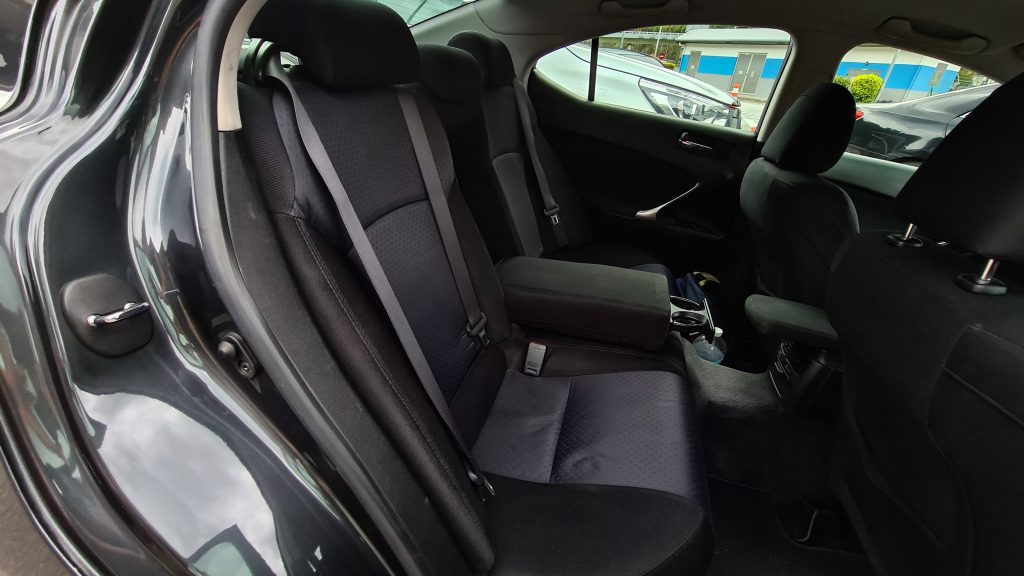
As with any mid-2000s luxury Toyota product, the interior design is also undoubtedly on the bland and boring side. The shiny centre console is the only accent feature that brightens up the dark cabin. Saying that, what the Lexus loses in interior design, it makes up with a healthy amount of standard equipment.
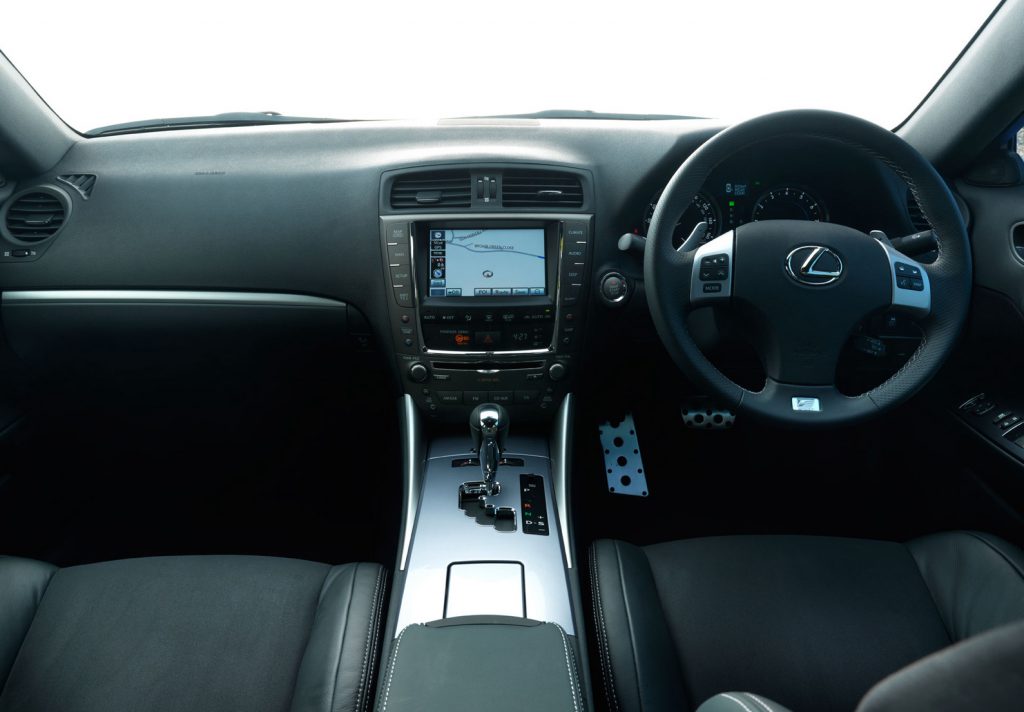
Heated front seats may be redundant in this climate, but rear air-con vents are a bonus. Automatic climate control, a leather steering wheel and keyless go are also featured in the IS250, as is the now dated central touchscreen display and CD player.
Where the Lexus shines however in the interior is with its build quality. Typical of any Toyota product, it may not look the nicest but even after many years of abuse, no squeaks and rattles materialise. Everything is well screwed together and has warn gracefully with time, as it should be on a Lexus.
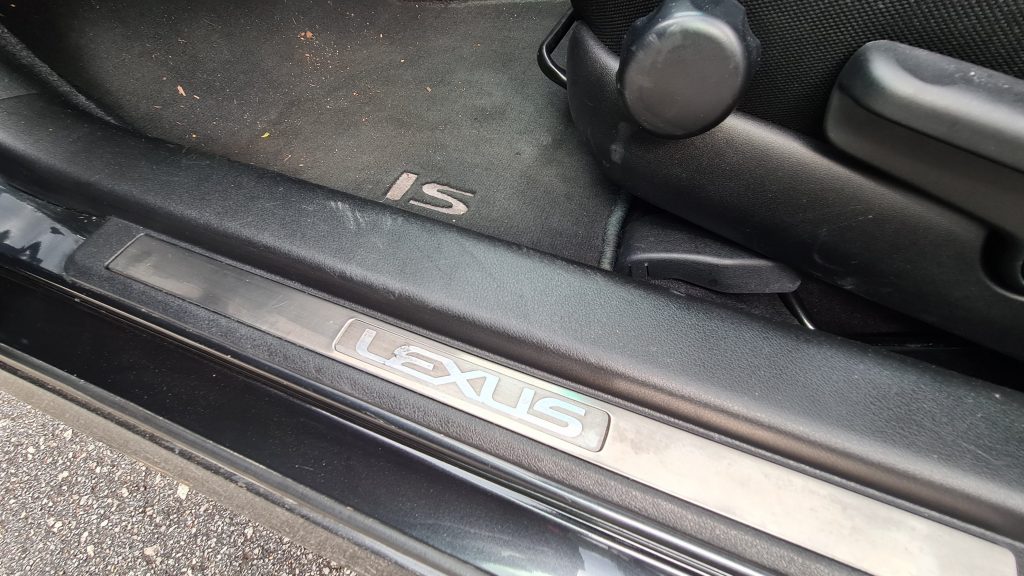
Exterior
Much like the conservative design in the cabin of the IS250, the exterior design is also equally as plain. Seeing as this was produced at a time before Lexus went full manga with its design however, the XE20 series Lexus IS in question has been regarded as the best looking version of its many iterations.
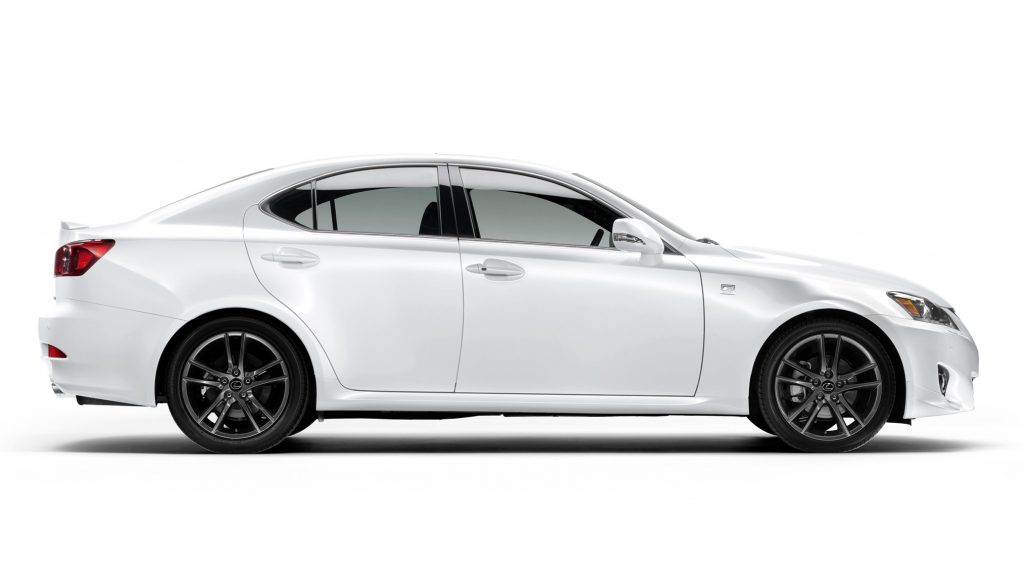
A plain Jane it may be compared to the transformer-looking later iterations, but no one has ever called this particular generation of IS ugly. In my eyes, the rear end design is particularly nice, with its twin circular tailpipes integrated neatly into the rear bumper that hints at the Lexus’ stealthy sporting potentials.
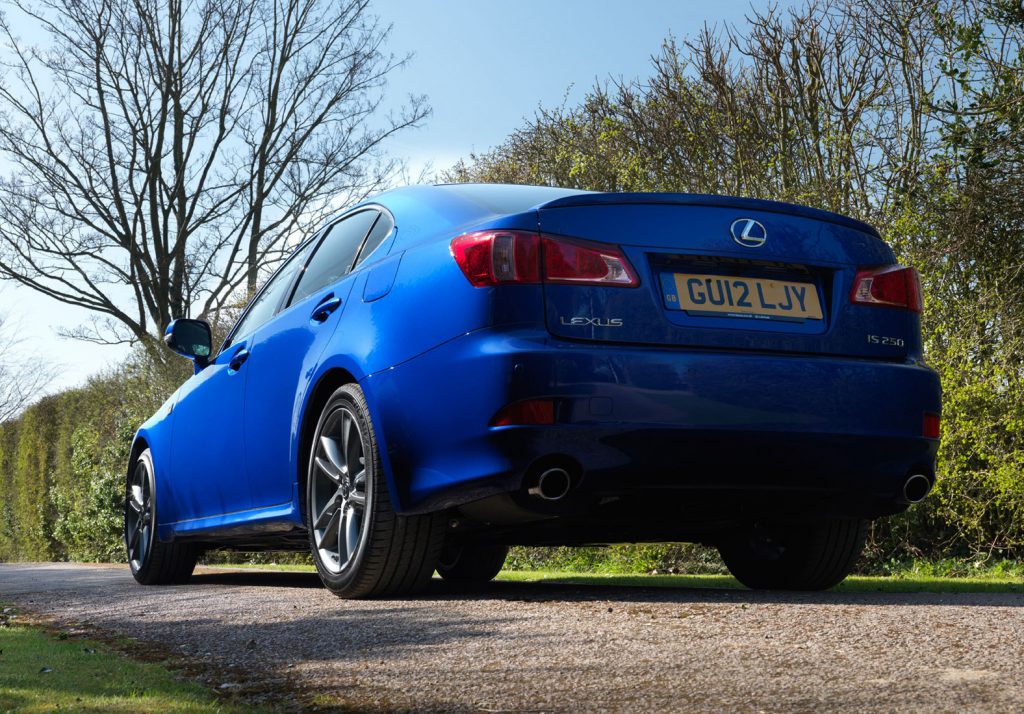
Reliability
All that aside, perhaps the IS250’s biggest selling point over its continental alternatives is to be its reliability. Looking at the forums, the most common complaint that owners have with these cars are problems with trim pieces and interior parts. Sticky door panels and dash tops are among the most common issues, and so are the odd squeaks and rattles.
Apart from those minor issues however, there are really no common mechanical maladies to report. Most mechanical problems involving the Lexus are usually down to age, like worn seals that cause minor oil seepages and carbon build up due to the V6 being direct injection.
Think of it this way, if weak hood and boot struts are one of the top issues among owners, it is a sure sign that these cars are a safe bet to buy on the used market. Well, a comparatively safe bet anyway. Like any old car, there will inevitably be problems down the line. That said, comparing the short list of problems to the laundry list on an equivalent BMW, Mercedes or Audi, it is clear which will be the more practical choice to own at this stage in its life.
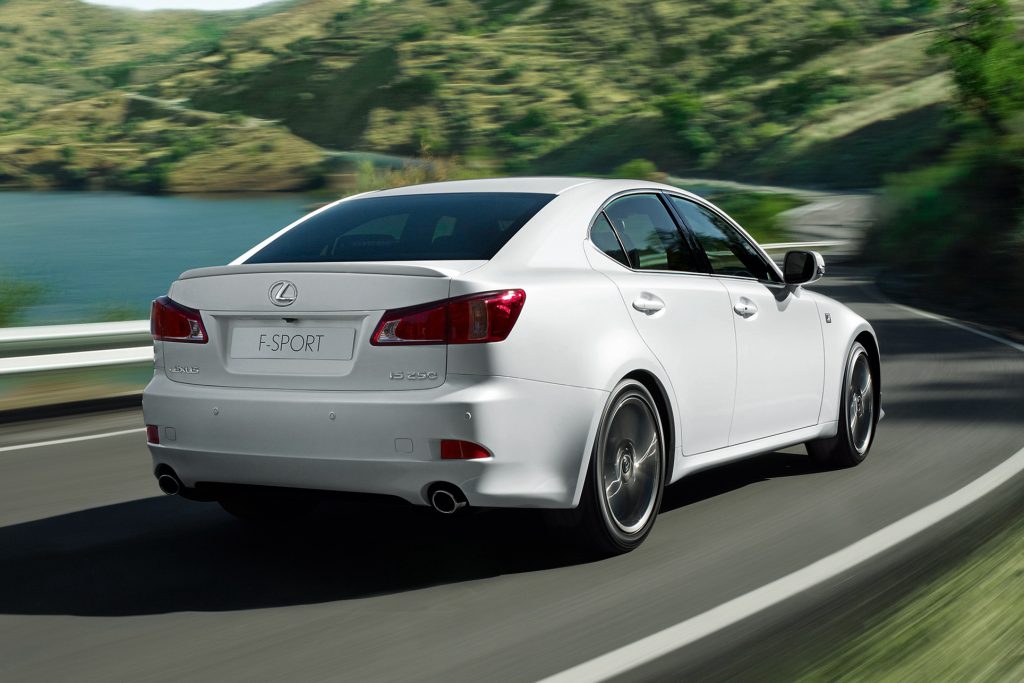
Conclusion
Prices for these sporty compact Japanese saloons could be seen to start at around RM 40k for an early 2005 model, rising all the way to RM 60k for a mint late model unit. A mild facelift was introduced in 2008 which added retuned suspension and steering, supposedly for improved stability and control. The post-facelift one then would be the pick of the bunch, if the budget can stretch to that.
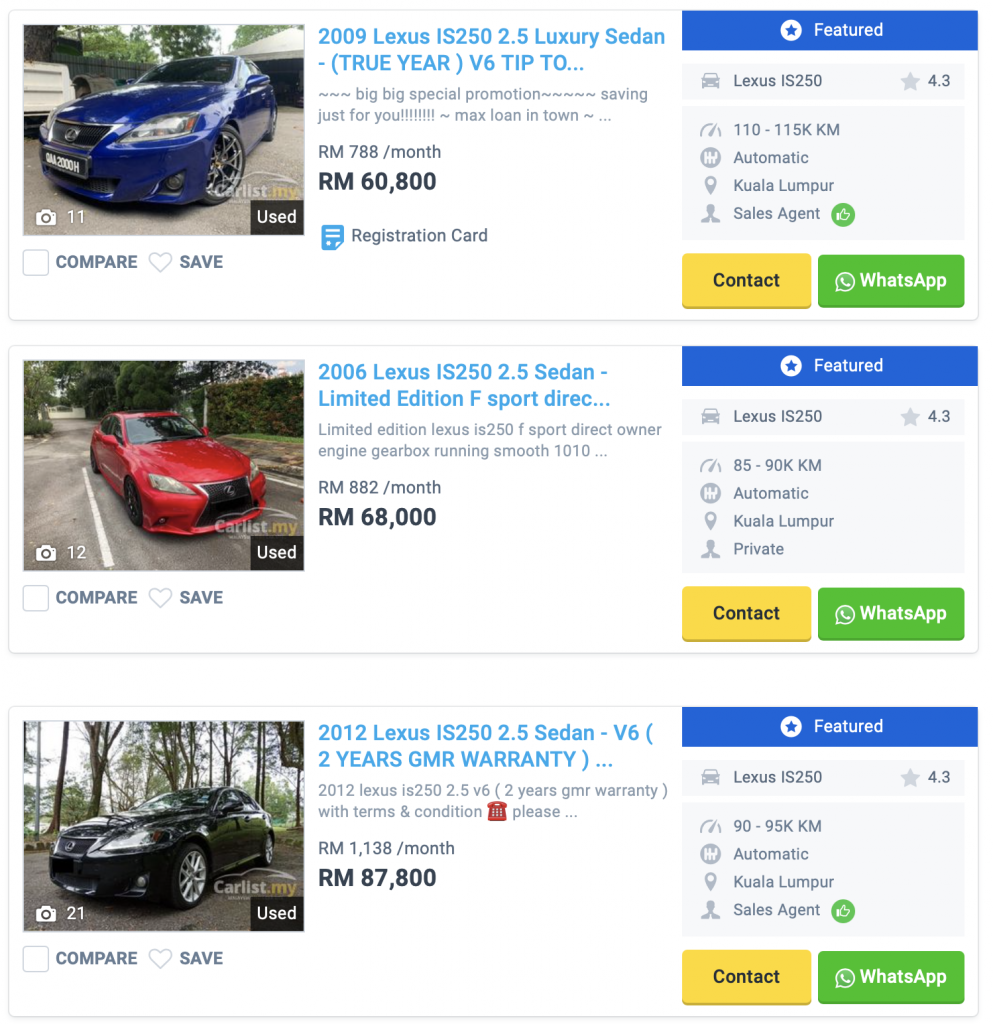
So, to anyone in the market for an aspirational sporty sedan for not a lot of money. Maybe gloss over the usual BMW E90 325i or Audi A4 Quattro, and turn your attention to the Lexus IS250 instead. While the badge may not be as alluring as the continental alternatives, there is certainly more than enough in the car to make up for it.
